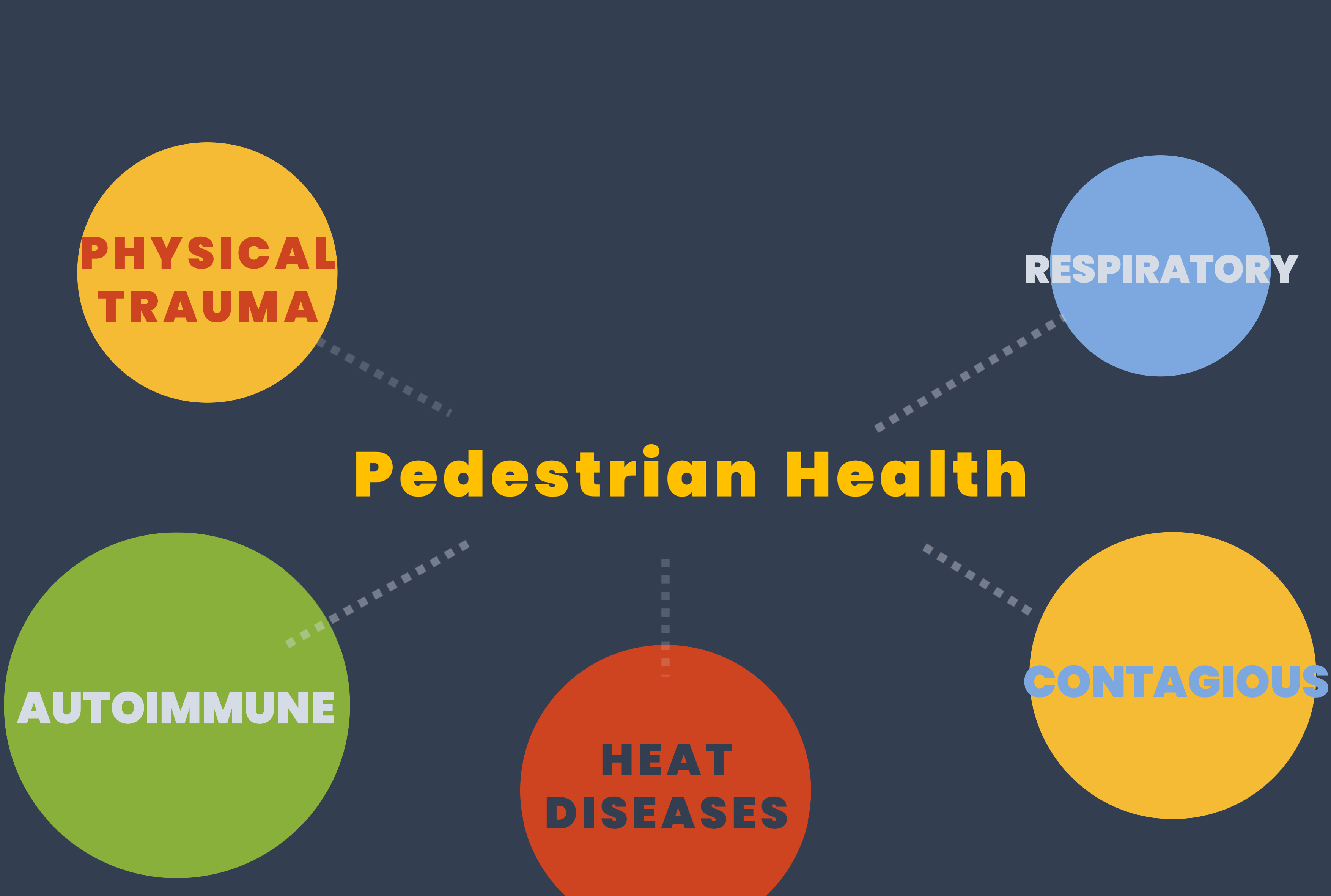
Welcome to BHL
We are a Think & Do Tank driving sustainable urban development through urban health strategies.
Our Approach
We assist local governments in solving uncoordinated project management issues that lead to costly, single-goal designs. Our experts in public health, spatial design, and sustainability help develop evidence-based urban strategies that align sustainable goals with a people-first approach supported by nature-based solutions. This is built on three core principles:
Our Mission
We Build Health by supporting planners and municipalities with academic knowledge and enriching academia with practical insights from industry.



UrbanCare Diagnostics
health & environmental research
UrbanCare APPS
neighborhood data viewers
UrbanCare Dialogues
decision-making workshops

In most cities, sustainable urban plans aim to combat the urban heat island effect by reducing car usage and emissions.
At BHL, we focus on creating streetscapes that enhance pedestrian safety, comfort, and health, thereby improving neighborhood livability and the local climate.
We provide communities and planners with steps and tools to investigate street-level obstacles and climate threats that affect vulnerable outdoor users such as children, older adults, workers, and people with cognitive or physical disabilities.
Urban outdoors, especially streets, impact the energy consumption in nearby buildings and pedestrian health.

Our tools assist in developing evidence-based solutions that enhance urban ecosystems, reduce energy waste, and improve public health at the neighborhood level.
Each case helps inform city plans with neighborhood-specific insights and evidence.